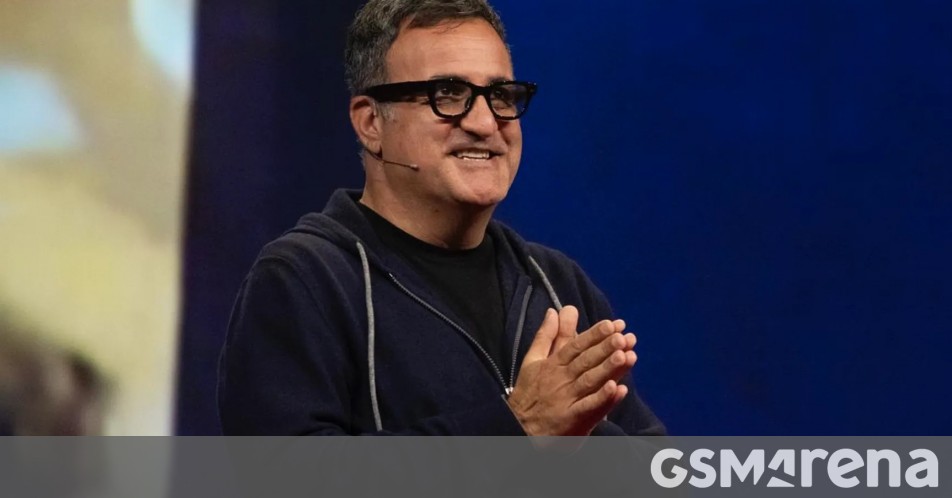In December, Google unveiled Android XR, an OS for VR and AR headsets, and acquired HTC’s Vive XR team in January. At a recent TED event, Shahram Izadi showcased prototype smart glasses featuring tiny displays that overlay graphics. These glasses connect to a phone and utilize Google’s Gemini AI for functions like live translation and scanning. The phone handles most computations, ensuring the glasses remain comfortable. Additionally, Google is collaborating with Samsung on Project Moohan, which will produce Galaxy XR goggles capable of rendering complex graphics. These goggles are expected to launch later this year at approximately $2,500.
In December, Google unveiled Android XR, a new operating system designed specifically for VR and AR headsets. Following that announcement, in January, the company acquired HTC’s Vive XR team. This strategic move is paving the way for several developments, one of which was recently highlighted at a TED event held in Vancouver.
During the event, Shahram Izadi, the head of Android XR, showcased prototype smart glasses. Unlike traditional VR headsets, these glasses feature small displays that can project graphics onto transparent glass surfaces.
Shahram Izadi wearing a prototype version of Google’s smart glasses
The glasses connect to a smartphone and utilize Google’s Gemini AI to enable their functionalities. On stage, Izadi demonstrated features like live translation from Farsi to English and the ability to scan books, among other applications.
While specific details remain vague, it appears that the smartphone handles most computational tasks, allowing the glasses to remain slim and lightweight—an essential factor for extended wear comfort.




A preview of Android XR
In addition to smart glasses, Google is collaborating with Samsung on XR goggles—referred to as the Project Moohan device, which is expected to be marketed as the “Galaxy XR.” Unlike the smart glasses, these goggles employ cameras for passthrough video, enabling users to see and interact with their environment, while also being capable of rendering intricate graphics, such as multiple virtual computer monitors. This was also demonstrated at the TED event.
The Samsung Galaxy XR goggles are rumored to be released later this year and may carry a hefty price tag of around $2,500. Additionally, Samsung is developing glasses that could launch in tandem with the goggles. However, there is no indication yet on when Google’s glasses will be available.
Source
